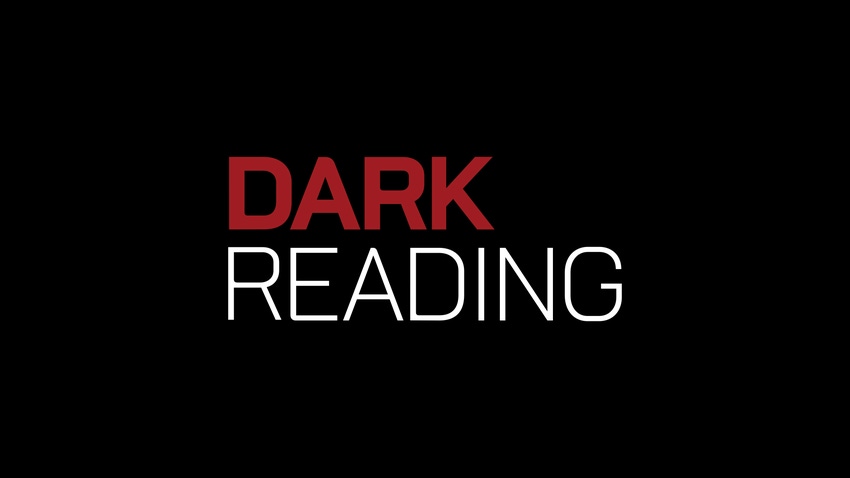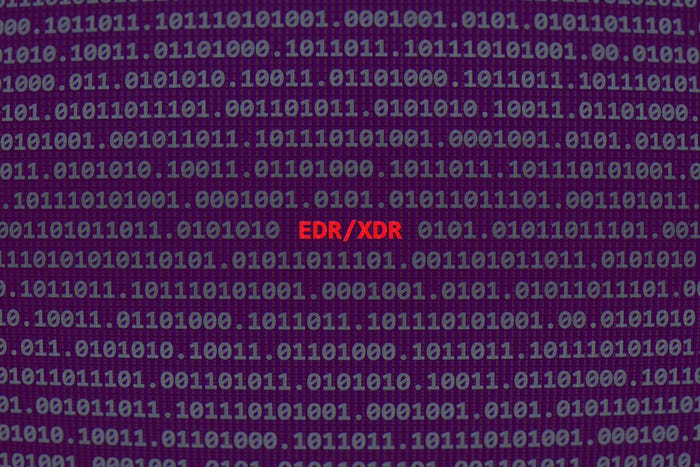How To Respond To A Denial Of Service Attack
You can't prevent an overwhelming DDoS attack, but you can minimize its impact. Here's how.

Denial of service (DoS)--particularly distributed denial of service (DDoS)--attacks have hit many enterprises recently, from Sony to Bank of America.
For years, most companies wrote off DoS attacks as an acceptable risk, because the probability of becoming a victim was relatively low and the risk of damage to the business was also low. Recently, however, this class of attack has increased in popularity, causing many organizations to rethink the relative risk. CEO's are concerned about lost revenue and bad press; IT frets over crashed applications and long work hours.
While you can't prevent all DDoS attacks, there are options to limit their effectiveness and allow your organization to recover faster. Most of the recent attacks have targeted Web applications--they simply send more requests than the targeted Web application can handle, making it difficult for visitors to use.
In such attacks, most attackers aren't concerned about whether the system and application actually crashes, though they would be happy if a crash occurs. Their main goal is to prevent services offered by the targeted company from responding to requests from legitimate users, causing problems for the victim company.
If you have the proper monitoring technology, these attacks are easy to spot. Your network operations center (NOC) will be at status quo--bandwidth, requests per second, and system resource usage will all trend normally. Then, either suddenly or over a small amount of time, all of these trends will shoot upwards, thresholds will be reached, and alerts will be sent by the monitoring system.
In a typical organization, these events will trigger an escalation at the NOC, and the IT team will rush to get the right people involved. Management will receive notice that sites and applications are responding unusually, and all will be wondering why there is such a huge increase in requests in such a short period time.
Unless your site was just mentioned in on the front page of Slashdot, then most likely you're experiencing the start of a DDoS. Congratulations! You're now part of a club of organizations that have been targeted for a DDoS attack--usually because the attackers don't like your corporate policies, or because they were paid to attack you.
The first step is to analyze the logs for requests.
Read the rest of this article on Dark Reading.
Security concerns give many companies pause as they consider migrating portions of their IT operations to cloud-based services. But you can stay safe in the cloud. In this Dark Reading Tech Center report, we explain the risks and guide you in setting appropriate cloud security policies, processes and controls. Read our report now. (Free registration required.)
About the Author(s)
You May Also Like
Beyond Spam Filters and Firewalls: Preventing Business Email Compromises in the Modern Enterprise
April 30, 2024Key Findings from the State of AppSec Report 2024
May 7, 2024Is AI Identifying Threats to Your Network?
May 14, 2024Where and Why Threat Intelligence Makes Sense for Your Enterprise Security Strategy
May 15, 2024Safeguarding Political Campaigns: Defending Against Mass Phishing Attacks
May 16, 2024
Black Hat USA - August 3-8 - Learn More
August 3, 2024Cybersecurity's Hottest New Technologies: What You Need To Know
March 21, 2024




